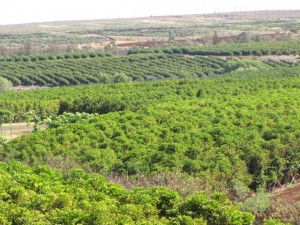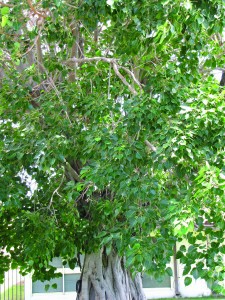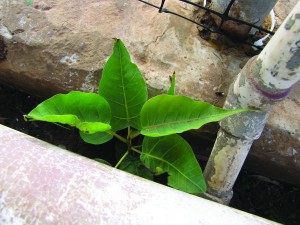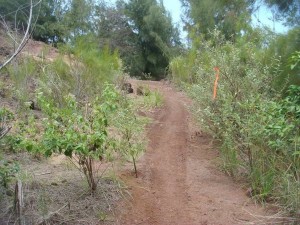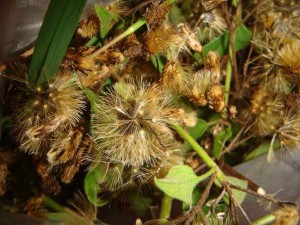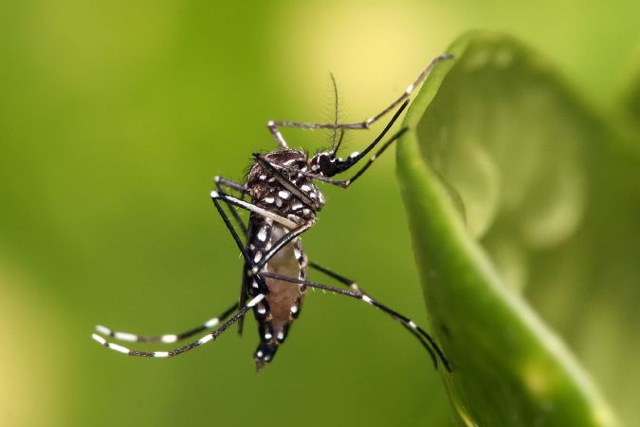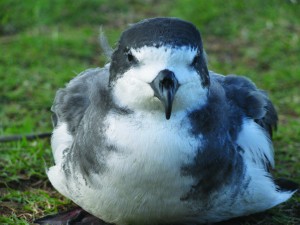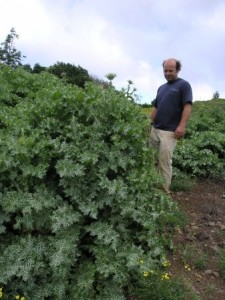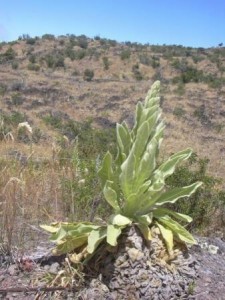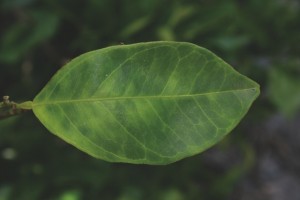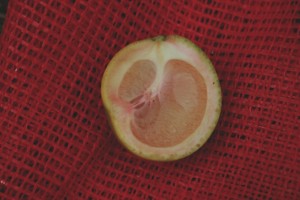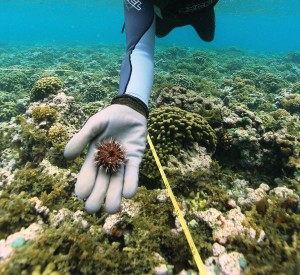
A diver holds native collector urchin in his hand. Monitoring has shown these tiny urchins are successfully controlling invasive algae. Photo courtesy of Hawaii Department of Land and Natural Resources-Division of Aquatic Resources
Let’s say you are trying to remove tiny piece of invasive plant material from an area 8 miles long and almost 3 miles wide. If you miss any, it will take over again. And you are working under water.
This is the situation the Department of Land and Natural Resources-Division of Aquatic Resources (DAR) faces at Kāne‘ohe Bay on O‘ahu. An invasive algae, Kappaphycus spp., also known as smothering seaweed has overrun the reef causing a cascade of impacts. “They’re so aggressive they outcompete native limu [seaweed]; they grow so dense they kill coral and dominate habitat for tako [octopus] and small fish,” explains Jono Blodgett, aquatic species project leader with DAR.
First DAR tackled the alien algae with the Super Sucker, a giant vacuum mounted on a boat. Divers worked their way across the reef, sucking up the algae. Technicians would sort through it, tossing native limu back to colonize the reef, and bagging the invasive algae to give to local farmers to be used for compost. Unfortunately, gains were temporary–fragments of invasive algae left behind would regrow. DAR next called in native Hawaiian sea urchins with an appetite for invasive algae.
If the Super Sucker was a giant vacuum, native collector urchins (Tripneustes gratilla) are more like a Roomba, that small robotic vacuum that automatically cleans house floors. Once released, these spiny herbivores move across the reef munching algae as they find it. They would eat native limus as well, if the invasive algae hadn’t taken over all the natives.

Volunteers help rehome tank-raised native collector urchins to the reef in Kāne‘ohe Bay on O‘ahu. Photo courtesy of Hawaii Department of Land and Natural Resources-Division of Aquatic Resources
The first urchins were released by DAR in January of 2011 and they’ve proven their worth. Although this urchin is native to Hawai‘i, it wasn’t abundant enough on the reef to control the algae in Kāne‘ohe Bay. Their numbers used to be much greater in the Bay, but unknown reasons have caused their populations to decline. By elevating the urchin populations, resource managers are getting ahead of the invasive algae.
The urchins used are a native species, selected because they stay on the reef and munch algae day and night. Adult urchins are collected from the wild and bred in captivity. After juvenile urchins reach 15mm, typically within 5-6 months, they are sent to work: released in Kāne‘ohe Bay to settle out over the reef and eat to their hearts’ content. Currently 5000 urchins are released each month in Kāne‘oheBay.
Density numbers are still being analyzed, but initially, urchins are released at a density of two per square meter and once the algae are under control, one urchin per square meter keeps the reef maintained. With some patch reefs as large as 30,000 square meters, it will take a lot of urchins. “We’re hoping to double production by next year,” says Blodgett.

Native collector urchins dine happily on invasive alage in Kāne‘ohe Bay. Photo courtesy of Photo courtesy of Hawaii Department of Land and Natural Resources-Division of Aquatic Resources
Monitoring in Kāne‘ohe has shown that the collector urchins are effectively controlling invasive algae. Based on the success of the cleanup in Kāne‘oheBay, collector urchins could become invasive algae cleanup crews across the state. DAR has done trials to see if the urchins will control another alien alga: the gorilla ogo (Gracilaria salicornia) that plagues Waikīkī and much of Moloka‘i.
In the meantime, Blodgett advises leaving urchins and other herbivores alone and making sure dive and snorkel gear is free of any pieces of algae when you leave a site. Invasive algae spread through fragmentation, explains Blodgett, “Rinse gear before leaving a site.”
By Lissa Fox Strohecker. Originally published in the Maui News, December 8th, 2013 as part of the Kia‘i Moku Column from the Maui Invasive Species Committee.



